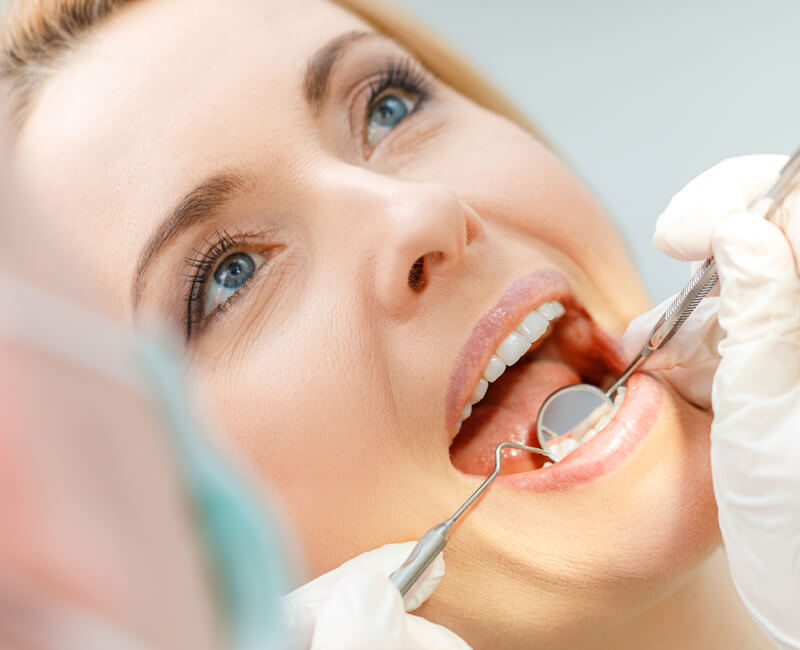Very professional and friendly office staff. Very professional and friendly office staff. My examination was very thorough and I was encouraged to ask any questions and reminded to call if I should think of any. I would recommend this practice to others based on my experience today

Dr. Toms will perform a ridge augmentation procedure to repair an area of the mouth that is malformed, typically as a result of a removed tooth. When a tooth is extracted or knocked out, the gums may adjust to the new environment, which can be problematic. If the adjustment results in a loss of volume because the gums and bone have retracted into the now-empty socket, then that area of the mouth will need to be filled in.
Ridge augmentation helps thicken and fortify the existing tissue which is important to provide your teeth with the structural support they require. Depending on the extent and location of the procedure, it can be used for aesthetic or functional purposes. Ridge augmentations are often used on patients whose tissue is deteriorating due to gum disease but is also commonly used in conjunction with dental implants in which the jawbone must have sufficient bone mass to support the new tooth. Injuries, dentures, and missing teeth may also warrant the need for some form of ridge augmentation.
During a ridge augmentation procedure on soft tissue, Dr. Toms will carefully expose the bone beneath the gums to place fresh tissue underneath. This tissue graft is often taken from other healthy parts of a patient’s mouth. Once the tissue is placed in its new location, sutures will be used to ensure everything holds together during the healing process.
The process for hard bone tissue grafts is very similar. Dr. Toms will expose the bone by carefully severing and lifting the gum tissue out of the way. Bone tissue is then grafted into the area needing extra support. Sutures then hold the gum tissue in place over the new bone tissue. Frequently used with dental implant procedures, the bone grafts typically need 6 to 12 months to heal before an implant can be placed. Otherwise, the bone grafts will not have sufficient time to fuse with the jaw, making it too weak to support pressure that will result from chewing and biting with the new implant.
Dr. Toms can help you determine if your situation merits the use of soft or hard tissue grafting. He may also be able to advise you on alternative procedures or preventative care, depending on your current situation.
Call our office in Cincinnati, OH, today to schedule a checkup and exam and to learn more about the right options for your dental and periodontal health (513-253-0855).

